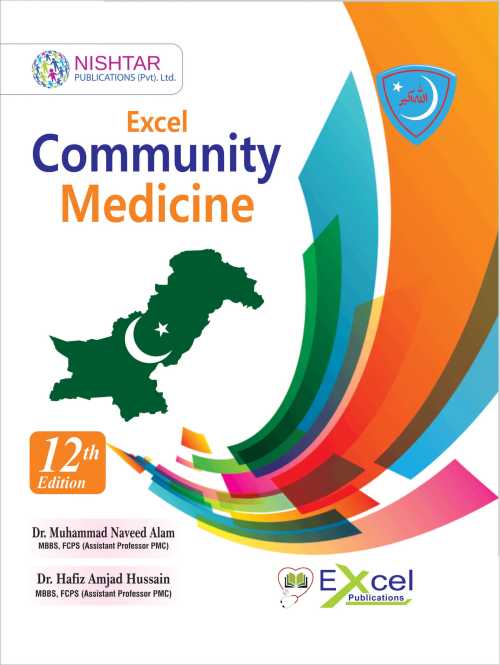Jan Gösta Waldenström and His World : The Life and Work of a Giant in Science, Medicine and Humanity
Jan Waldenström (1906-1996) was the leading Swedish internist of the twentieth century. The first chapter of the book presents his remarkable family including five generations of physicians. Born in Stockholm, we follow JW to medical school at Uppsala University during 1924–33. In 1934–5, he spent a year in the laboratory of Nobel Laureate Hans Fischer in Munich. In 1937, he defended a landmark thesis on acute intermittent porphyria. As “Docent” (assistant professor) in Uppsala, he discovered two new diseases in 1943, one of which was macroglobulinemia. In 1944–5, he spent 7 months in the US commissioned by the Swedish Health Board. This started friendships and interactions with leading colleagues and scientists. With time, JW fostered a worldwide network of contacts and became a most influential international authority. But this was just the beginning.
The book follows Waldenström’s remarkable career including his description of chronic active hepatitis as a new disease and the carcinoid syndrome. Among his many other significant achievements were the introduction of nuclear medicine in Sweden and his pioneering the concept of poly- and monoclonal gammopathies. His legacy is emphasized by Waldenström lectures, Waldenström Prizes, and by the International Waldenström’s Macroglobulinemia Foundation, IWMF, and the Bing Center for Waldenström’s macroglobulinemia at the Dana Farber Institute of Cancer Institute of the Harvard University in Boston. And now, not least, by this comprehensive biography.









